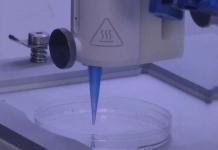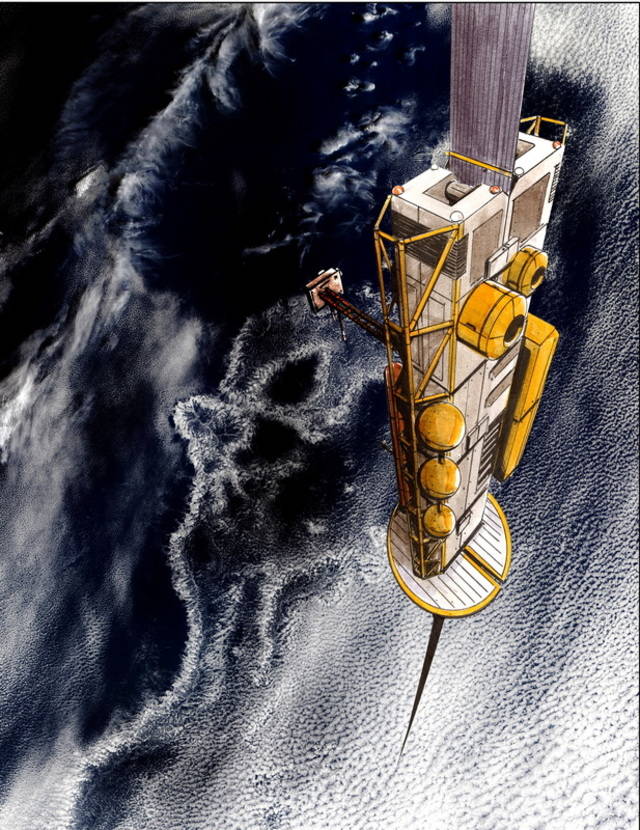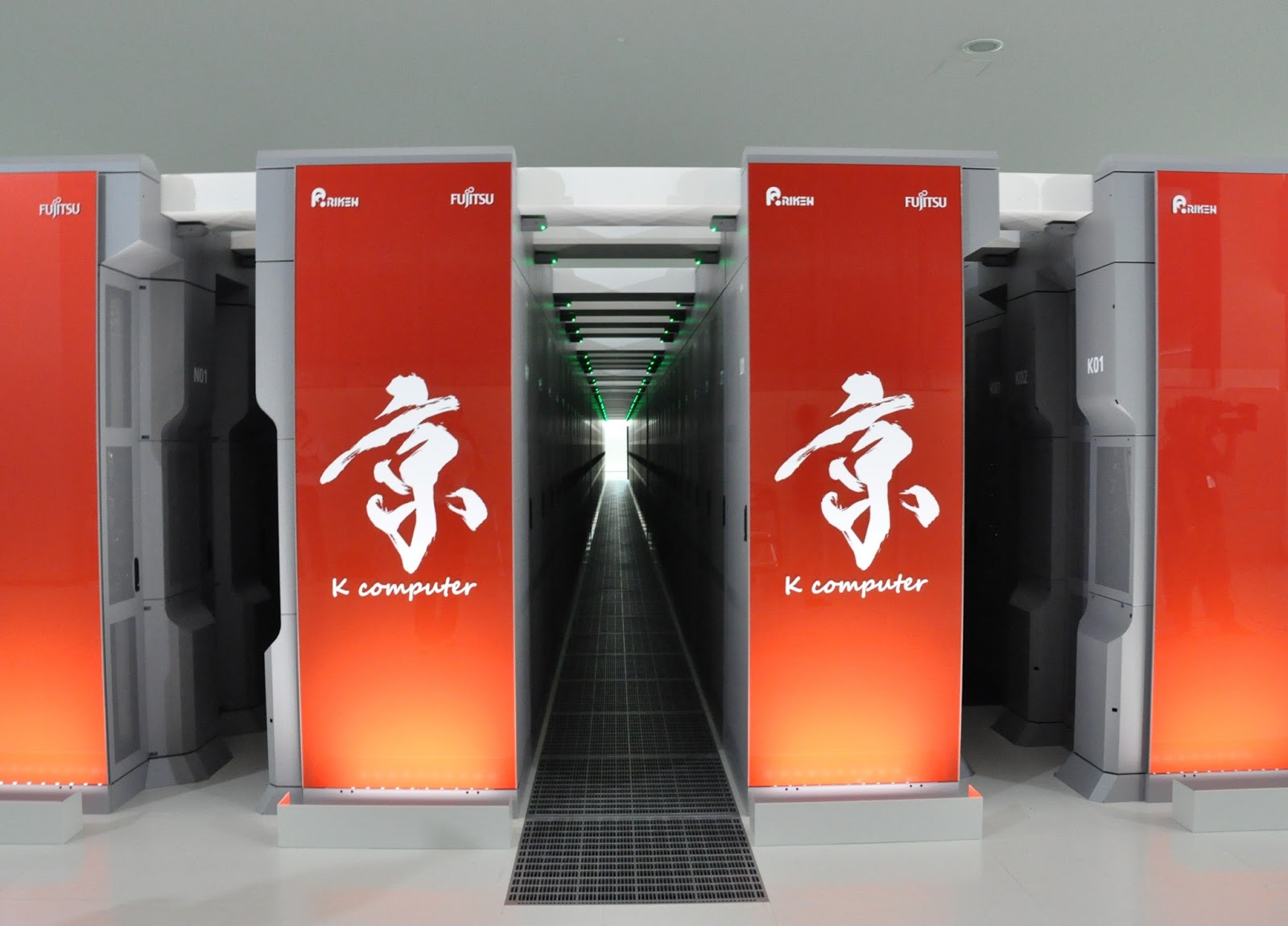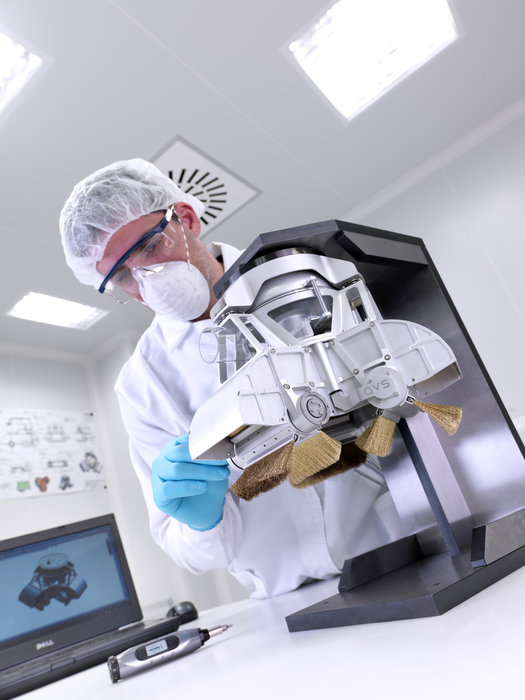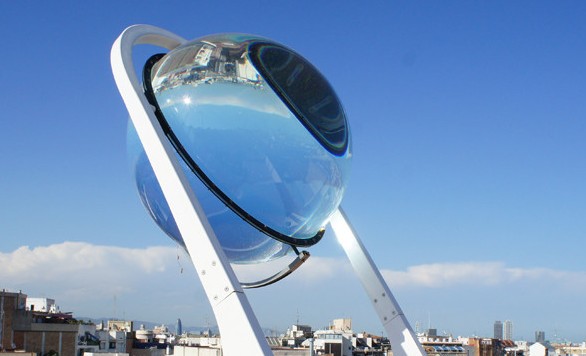Popular suggestions for solutions in the case of global warming – enforcing global conversation, reducing carbon-dioxide emissions and increasing wind power. There’s also somewhat of a plan B – reverse global warming.
How? According to Harvard University geoengineer and environmental scientist David Keith, we need to force reflective particles into the Earth’s upper atmosphere.
Example – In 1991, Mount Pinatubo in the Philippines erupted and cooled the Earth. About 15 millions tons of sulfur dioxide rose into the upper atmosphere, creating an “hazy layer” of aerosol particles, according to NASA. The plume of particles in the atmosphere shaded the Earth’s surface, creating a cooling effect for almost two years.
The large-scale geoengineering solution offered by Keith might reduce the penetration of the sun by at least 0.5%, according to his papers. The problem? Well, there are two. First there’s the matter of urgency and actually wanting to do something about the matter. Secondly, and maybe more important, is the fact that according to Keith, this should cost around $8 billion, which goes back to the urgency and importance issue.
The idea is to disperse particulates at high altitude to reduce the effective solar ?ux entering the atmosphere. If one is optimistic, one might hope that the injection of this new technology into climate policy will energize the topic, breaking the static trench warfare that now characterizes much of the debate about climate and perhaps producing a better outcome. But, that is a wish, not a prediction.
So, is everyone all for a radical, extreme-sounding solution to save the planet? Or should we stick to what we’ve been doing so far, which isn’t too much?
Hat tip


